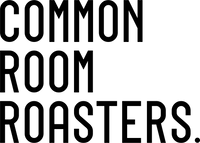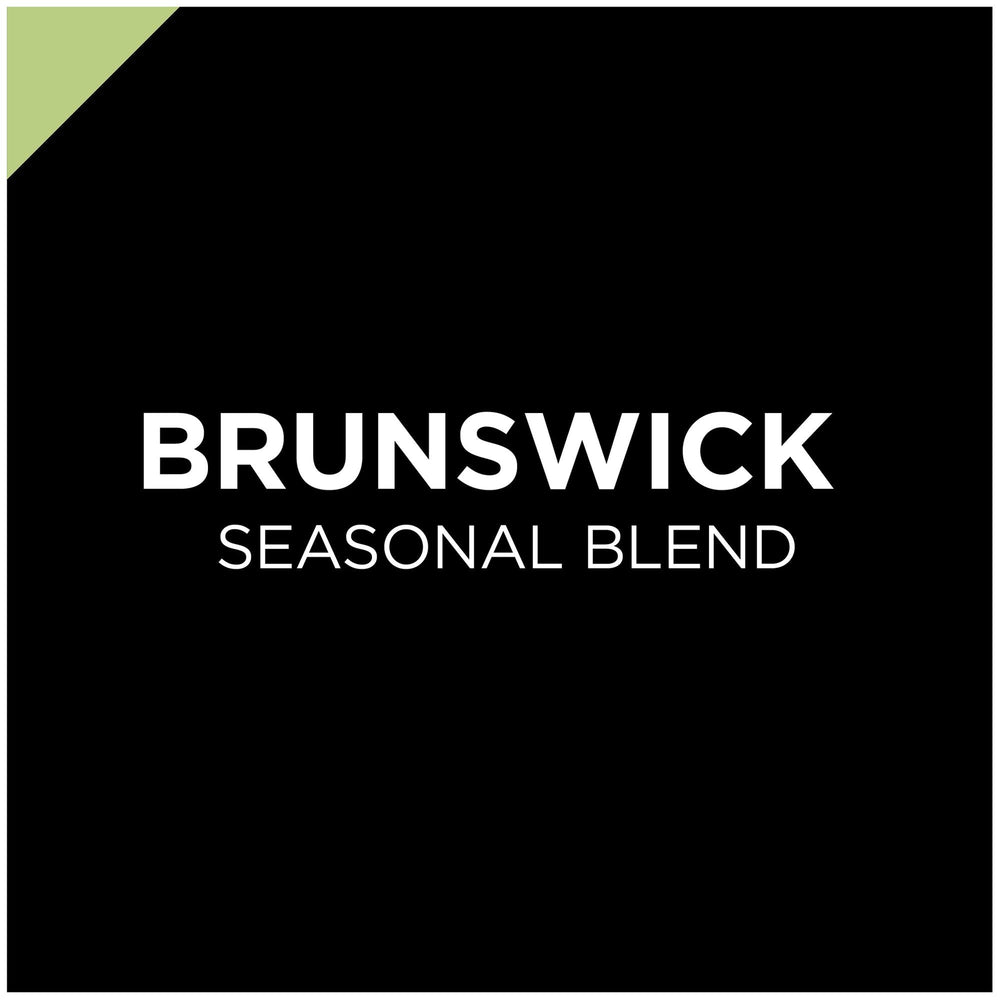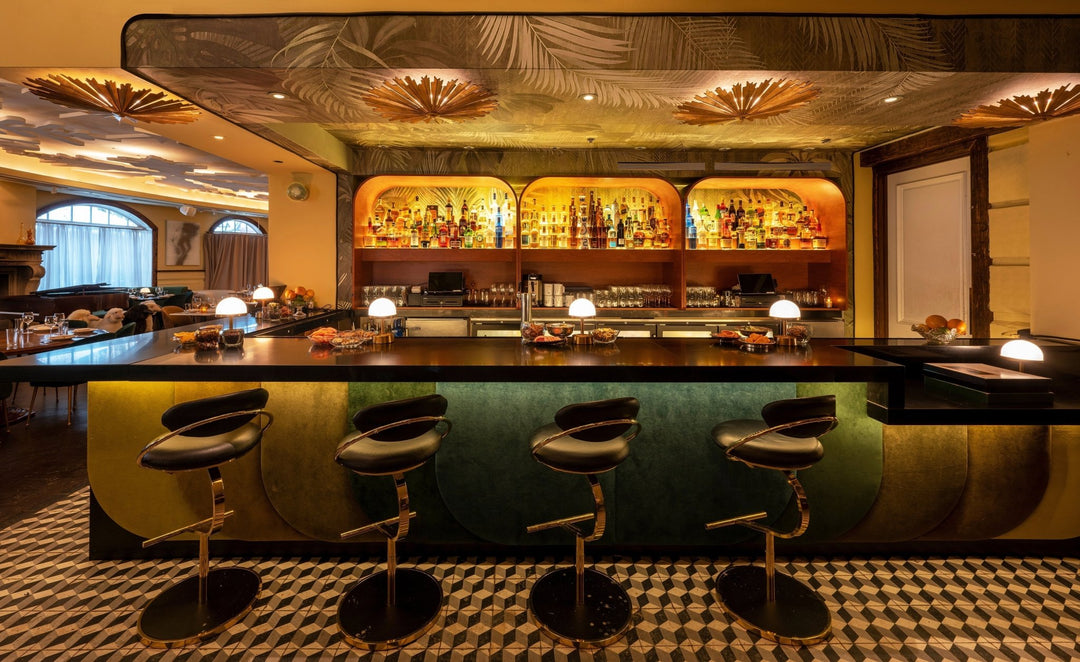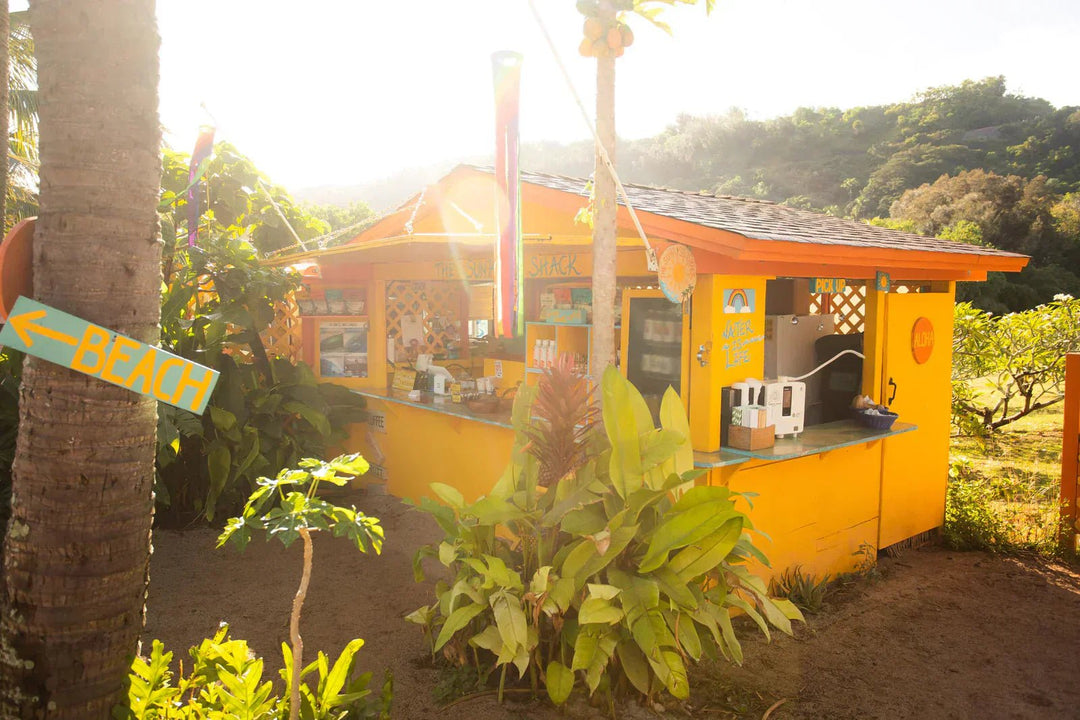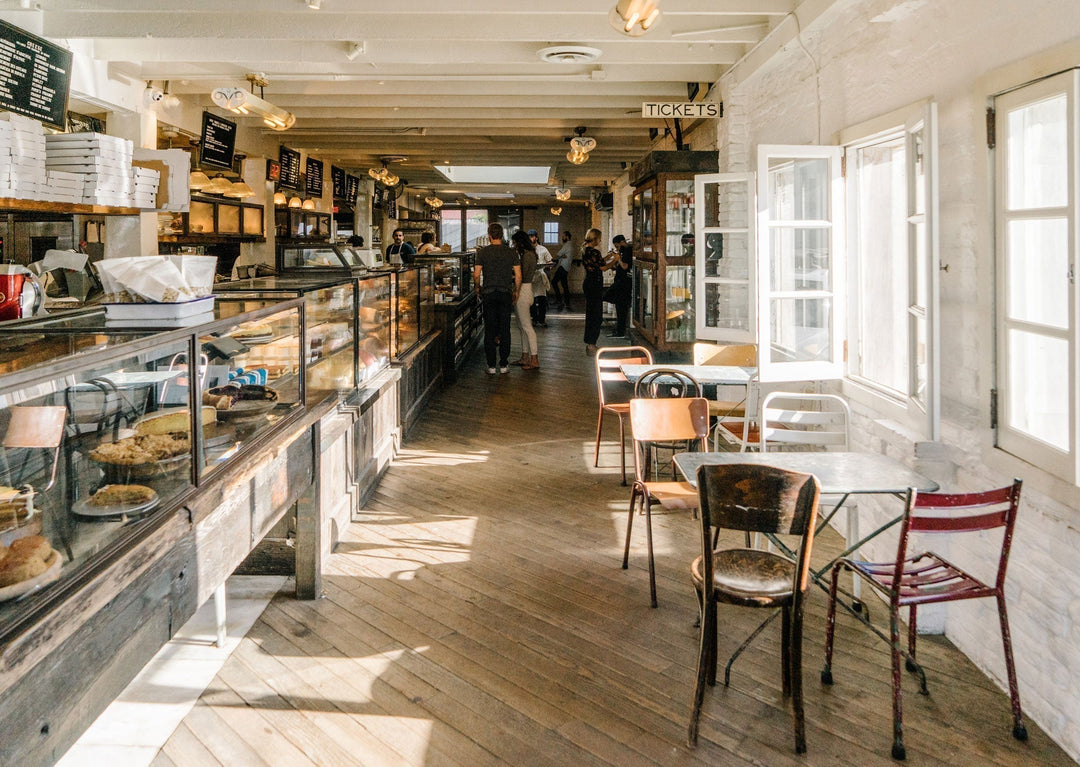FUN FACTS ABOUT COFFEE YOU DIDN'T KNOW

Content
- COFFEE IS ACTUALLY A FRUIT
- COFFEE WAS DISCOVERED BY AN ETHIOPIAN GOAT HERDER
- BEES LOVE COFFEE
- COFFEE USED TO BE CONSUMED IN RELIGIOUS CONTEXTS
- HAWAII IS NOT THE ONLY STATE THAT PRODUCES COFFEE
- YOU DON'T NEED TO DRINK COFFEE IN THE MORNING
- COFFEE SHOPS BOOST YOUR CREATIVITY
- COFFEE HELPS YOU LIVE LONGER
- YOU CAN DRINK COFFEE IN SPACE
- COFFEE WITH A SPECIAL INGREDIENT - CAT POOP
- THE LAST SIP
Like any other means of communication, coffee has become part of how we interact with each other. And this, in turn, has changed the rules of how it is consumed. Drinking coffee no longer means just drinking coffee; it means spending time with friends, colleagues, and people you meet at work or on your travels.
The need for communication—and the symbolic role communication plays in our society—has also changed the way we talk about coffee itself. The reasons we give for drinking coffee are now different. Instead of saying it keeps us awake so we can study or work hard, we say it helps us think better and do our jobs more efficiently. Instead of saying it gives us pleasure or it tastes good, we say it makes us feel “productive” or “creative”.
Coffee shops aren’t just places to get a cup of coffee; they are places where people gather and meet others to socialize.
Nowadays, we drink coffee at home most of the time and we can easily forget about its social meaning. So, grab a cup of coffee, and let’s dive into the most interesting facts about coffee.
1. COFFEE IS ACTUALLY A FRUIT
Wait, what? Coffee beans are fruits? But coffee is a brewed drink. So is tea, cocoa, chocolate, and any number of other drinks. Are they all fruits?
No. I am not talking about the technical botanical definition of fruit, which is a mature ovary. A fruit is the part of a plant that contains seeds.
But wait, what? Coffee beans don't come from a plant! They come from a tree!
Well, most plants don't grow in neat rows like vegetables; they tend to sprawl or climb over things. And coffee trees do produce berries. Green coffee beans are the pit of the coffee berry; red coffee beans are the actual seeds inside it.
2. COFFEE WAS DISCOVERED BY AN ETHIOPIAN GOAT HERDER
It is unclear exactly how coffee came to the attention of the rest of the world. Drinking coffee is such a normal part of our lives, we rarely think about how it came about. But it must have been an accident, at least according to this story.
The stimulating effects of coffee were discovered by a goat herder in Ethiopia who noticed that his goats were particularly alert after consuming berries from a coffee tree.
This knowledge spread like wildfire, and other goat herders and monks noticed that coffee would help them stay awake for long periods.
3. BEES LOVE COFFEE
Bees are the main pollinators of coffee plants. The way coffee plants reproduce is by producing very sweet nectar-like flowers that are pollinated by bees. The flower also contains caffeinated nectar.
Caffeine makes bees more alert. Caffeinated bees are more efficient at gathering pollen and transporting it back to their hive. However, the caffeine doesn't affect the taste of the coffee beans themselves because the beans are picked before they have had a chance to absorb any caffeine from the flowers.
Caffeine has this effect on us too. It boosts our moods by blocking adenosine receptors in our brains, which are responsible for making us sleepy. Along with sugar, caffeine creates an alertness-boosting combination that makes us feel more alert and awake.
4. COFFEE USED TO BE CONSUMED IN RELIGIOUS CONTEXTS
By the early 17th century, coffee had reached the Middle East, particularly Persia and Turkey.
Coffee drinking declined in popularity after it was banned by religious authorities in Mecca and Cairo during the 16th century. The ban was soon lifted due to pressure from large merchants who profited from the coffee trade.
The drink soon became a favorite in religious circles and among scholars and intellectuals in the Muslim world and then in Christian Europe. It was during this period that coffee acquired its reputation for intellectual stimulation.
The elite viewed the beverage as both a luxurious and healthy alternative to alcohol.
5. HAWAII IS NOT THE ONLY STATE THAT PRODUCES COFFEE
Hawaiian coffee is the most well known coffee from the US but coffee has been produced in Puerto Rico for many years and recently, Southern California has seen small coffee growing projects popping up in the shadows of old avocado orchards.
Hawaii is best known for its world famous Kona coffee originally grown in the Kona region of the Big Island. The rich volcanic soil combined with the state's tropical climate makes it one of most ideal places in the US to grow coffee plants.
Puerto Rico with its tropical climate and areas of mountainous terrain, offers suitable conditions for coffee growing. Once a high volume producing region, Puerto Rico has seen a decline in coffee production over its recent history. Organizations like TechnoServe are now working in Puerto Rico with farmers to help revitalize the once booming industry and complement the island’s thriving cafe culture.
In recent years, California has popped up on the coffee producing scene as small growing projects have been producing experimental lots, led by companies like Frinj which has farms spread throughout Southern California, most of which are found in Santa Barbara and San Diego counties. These experimental coffees are perking curiosity and fetching high prices for the allure of being California grown, so don’t be surprised when you see a 5oz bag of roasted coffee going for $50+ a pop.
6. YOU DON'T NEED TO DRINK COFFEE IN THE MORNING
Drinking coffee first thing in the morning is not helping you; it can actually hurt you, by tricking your body into producing cortisol when it doesn’t need to.
That’s because your body produces cortisol naturally as soon as you wake up.
If you drink a lot of coffee early in the day, you will be very alert and energetic—but by noon, your cortisol levels will have dropped enough to make you feel lousy again. If this pattern continues for several days in a row, you'll find that it’s better to consume coffee after lunch.

7. COFFEE SHOPS BOOST YOUR CREATIVITY
S oft environmental sounds may help people to think outside the box by increasing openness and encouraging a flexible mindset.
This is especially helpful if you are stuck on a problem—just going to a coffee shop might help you find an answer.
We might pay less attention to background noises than we do to foreground noises, and therefore there is more mental processing power left over for other tasks.
8. COFFEE HELPS YOU LIVE LONGER
Some studies show that people who drink coffee are less likely to develop depression or Alzheimer's disease, two conditions that shorten life expectancy.
Researchers are also finding ways that coffee may help your body fight off other chronic illnesses.
Two chemicals in coffee – caffeic acid and chlorogenic acid – reduce inflammation and exhibit antioxidant capacity. When consumed, they increase the level of antioxidants in the body and decrease oxidative stress within cells, which can slow down and even prevent cell damage and death by reducing free radical activity.
That means the drink may also reduce your risk for cancer.
9. YOU CAN DRINK COFFEE IN SPACE
In outer space, it is hard to get coffee to stay in a cup.
Astronauts drink coffee out of bags. The weightless environment in space makes it difficult to drink liquids from a regular cup. Some have argued that it might be better to just not have coffee on a space mission, but many astronauts disagree.
To solve this problem, Portland State University has worked on a way to print a special kind of cup. The 3-D printed coffee cup costs around $500.
10. COFFEE WITH A SPECIAL INGREDIENT - CAT POOP
Kopi Luwak is one of the most expensive coffees in the world.
This coffee is made from beans that have been digested by an animal called the Asian Palm Civet. It is then marketed as a kind of super-elite coffee, brewed with spring water and hand-filtered through a bed of volcanic rock.
It was first discovered in Indonesia by farmers who were picking coffee cherries off their trees—the Asian Palm Civet eats the fleshy part of the fruit, leaving behind the bean inside to be collected by the farmer. The farmer then removes the beans from the cat poop, washes them well, and leaves the beans to roast.
This cleaning process removes many of the acids and oils found in regular coffee, resulting in a smoother tasting cup. This unique production method has led some producers to charge exorbitant prices for their Kopi Luwak coffee, with some selling for more than $100 per pound!
But what makes Kopi Luwak coffee so expensive? The most common answer is that the process of making it is costly. Local Indonesian farmers must trap, hunt, or otherwise collect wild civet cats and then wait for them to excrete the beans.
THE LAST SIP
New facts, old facts.
The coffee culture is always changing as people find new ways of enjoying this tasty and energizing drink.
Whether we’re talking about its price, its origins, or even the drink itself, coffee seems to be affected by the passage of time and the introduction of new ideas and innovations. If you’re a fan of coffee and you want to make sure you stay up to date on what’s going on in today’s coffee culture, head over to our blog .
At Common Room Roasters, we offer a wide variety of single-origin and blended coffees from all around the world. Check out our coffee online or be sure to stop by next time you're in Long Beach, California.

